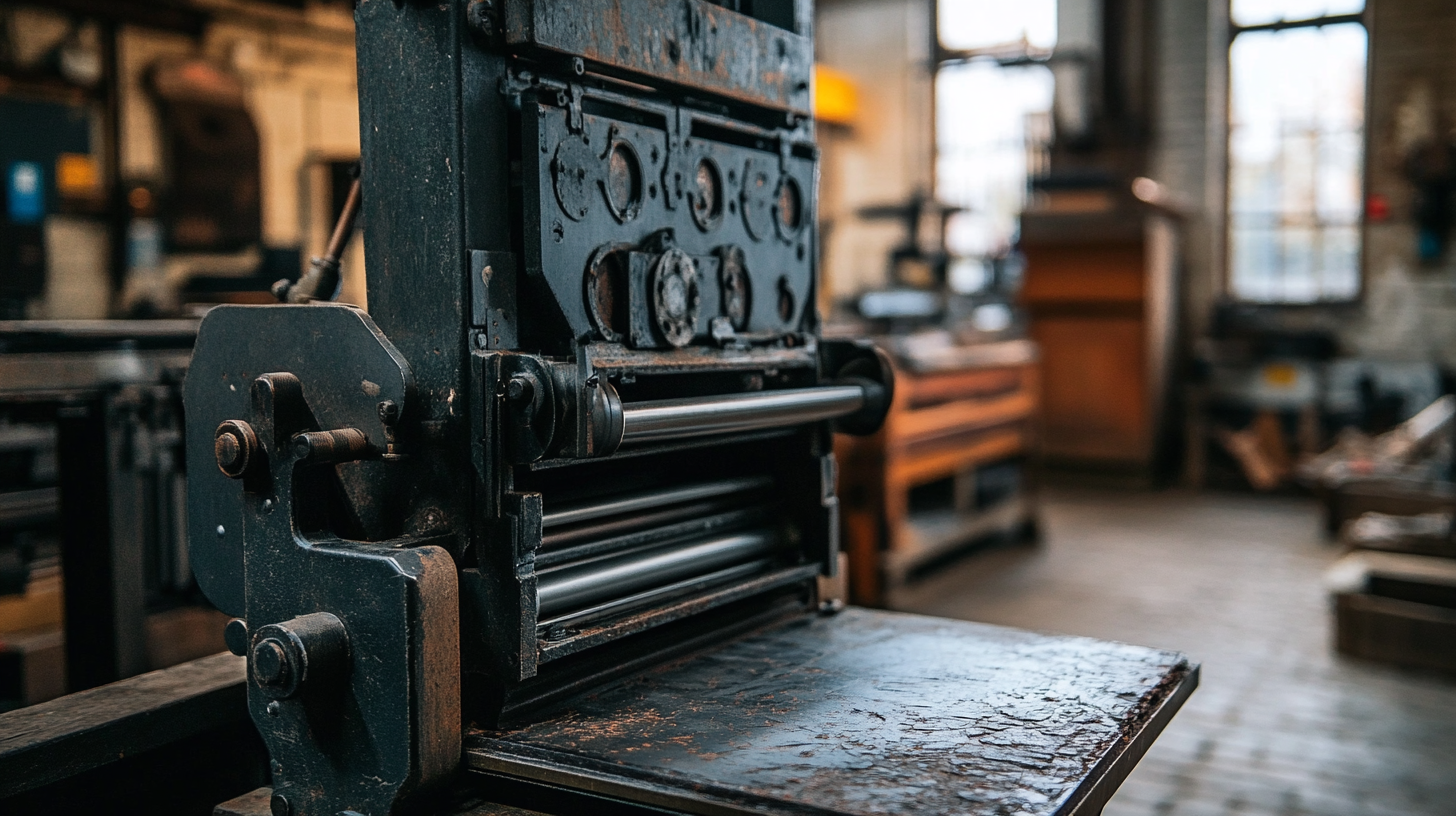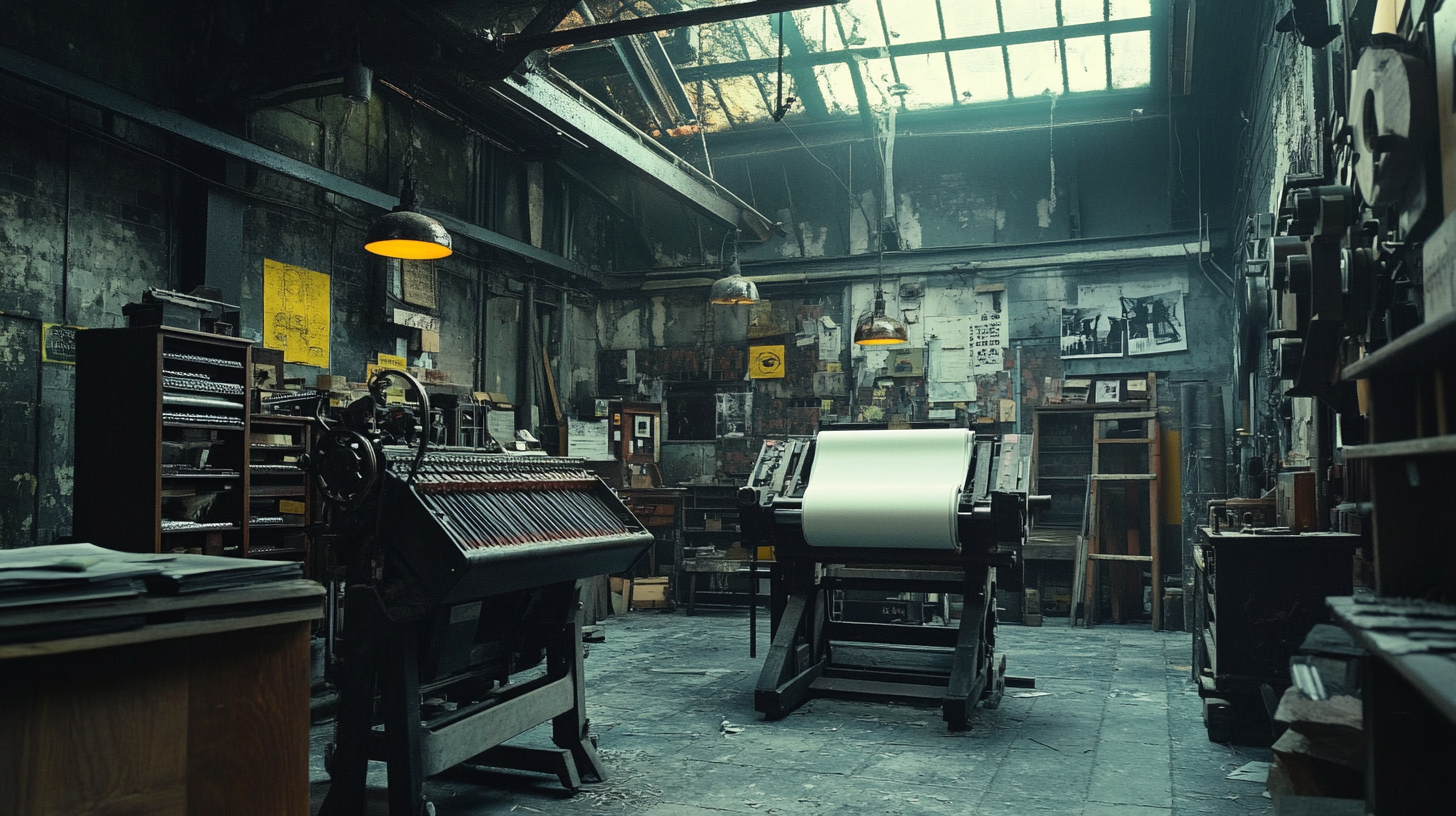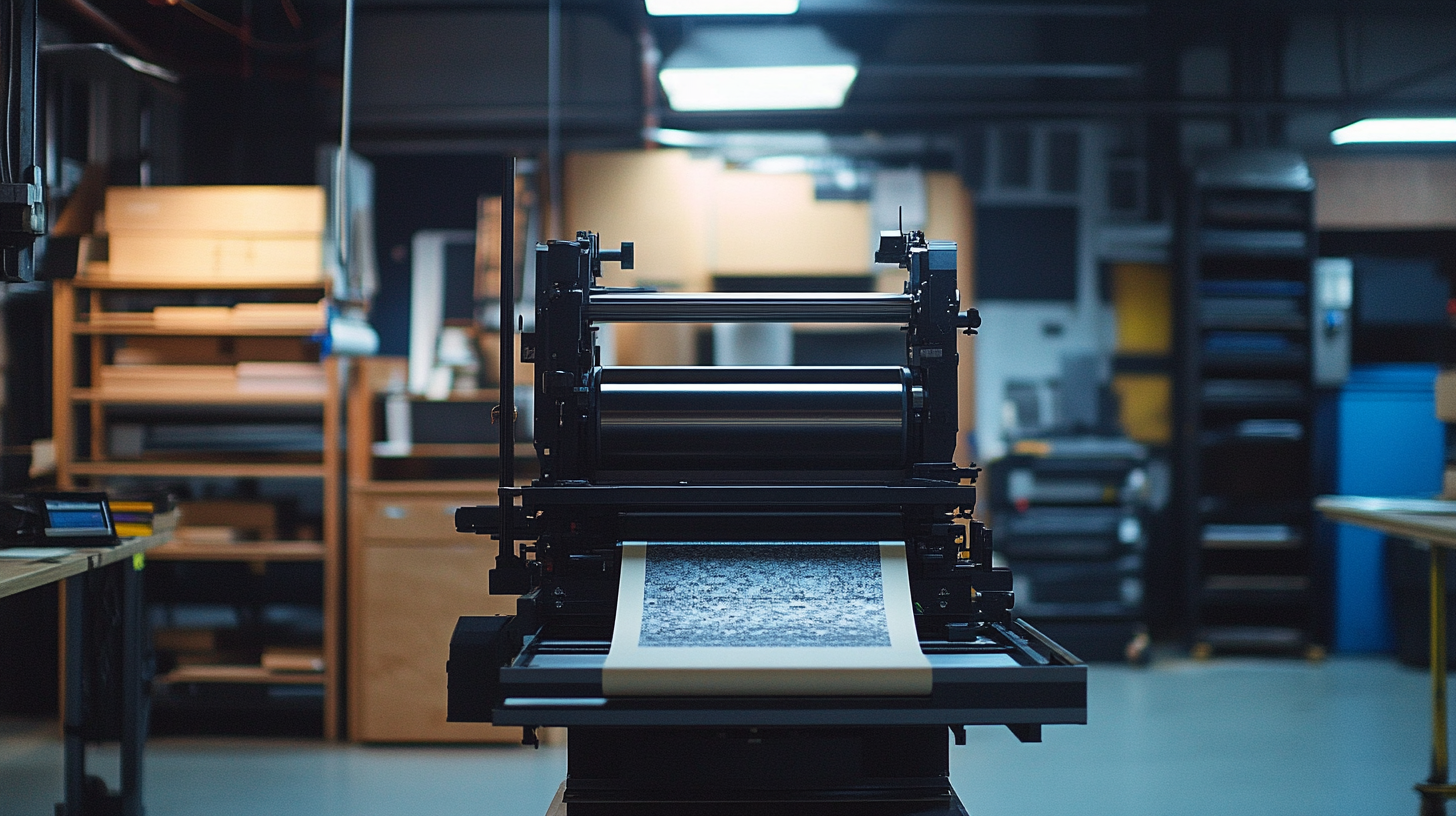Empowering Engineering Excellence: Innovate, Elevate, Deliver.
When you're diving into the world of mechanical engineering and manufacturing, one thing's for sure: you really need to grasp the importance of equipment specs. Take the Workshop Press, for example—it's one of those tools you can't do without. This handy machine is super versatile, tackling everything from metalworking to getting things assembled or disassembled. But here’s the kicker: to get the best performance and efficiency out of it, you’ve got to really understand its specifications. That’s why we're here to break it all down for you, making it easier to use in various workshop situations.
So, in this down-to-earth guide, we’re going to go over the key elements of Workshop Press specs and why they matter for how well the machine functions and how productive you’ll be. We’ll touch on important stuff like load capacity, dimensions, and operational efficiency—giving you insights that can totally help with your decision-making, whether you're a newbie getting started or someone looking to take things to the next level with advanced tasks. By the end of this guide, you'll have the know-how you need to make smart choices and get stellar results on your projects.

So, when we're talking about workshop presses, getting a grip on the key specs is super important if you want to make the most of their performance and efficiency. These presses are a must-have for all kinds of tasks, like shaping metal, putting things together, or taking them apart. One thing you really want to look at first is the pressing force, usually measured in tons. This number tells you how much weight the press can take on, which honestly affects what you can do with it. For instance, if you’ve got a press that can handle 20 tons, it’s perfect for those lighter jobs, but if you’re diving into heavier tasks, then you’ll want something that can handle 50 tons or more. Then there's the size and stroke length of the press, which are pretty crucial too. The dimensions determine what workpiece can actually fit in there. A lot of manufacturers offer adjustable stroke lengths, which is a game changer because it lets you tweak your equipment for different projects. This adaptability is key, especially in workshops that are juggling various materials and sizes. Plus, you really want a solid and stable base—this is all about making sure your work is precise and safe while you’re at it. Finally, let's chat about build quality and the nifty features, like hydraulic systems and the controls. These elements really do impact how efficiently a workshop press operates. Typically, hydraulic presses give you a smoother operation and are more energy-efficient compared to their mechanical counterparts. And the advanced control systems? They're fantastic for boosting precision and cutting down the risk of mistakes. By keeping these characteristics in mind, you can pick a press that fits your specific needs. Trust me, this will make a big difference in your overall productivity and the quality of your work.

Alright, let’s talk about workshop presses for a minute. If you really want to get the most out of one, you’ve got to understand what makes them tick—especially when it comes to performance and efficiency. So, one of the big things you’ll want to look at is the tonnage rating of the press. Basically, this rating tells you how much force the press can dish out, which is super important if you're tackling those heavy-duty jobs. Picking a press that matches the tonnage to what you need helps it run smoothly without pushing the machine too hard, which, trust me, can save you from a lot of wear and tear down the line.
Then there’s the build quality. It’s one of those things that can make or break a workshop press. A solidly built press not only lasts longer but also tends to perform better overall. I mean, you want sturdy steel frames and tough parts that’ll hold up against heavy use, right? That way, you’re less likely to see any bending or flexing when you put it to work. And let’s not forget, a little TLC goes a long way—regular maintenance, like lubrication and checking things over, can really boost how long your press lasts and keep it running efficiently.
And don't overlook design features, either! Things like adjustable bed heights, quick-release mechanisms, and different tooling options can really speed things up when you're working. These features help you set up faster, cut down on downtime between jobs, and ultimately help you crank out more work. So, before you grab a press, think about your workflow and what you truly need from it. That way, you’ll find something that hits the mark on both performance and efficiency goals.

So, when it comes to workshop presses, knowing the different types and what they’re good for is super important if you want to get the most out of your work. There are a few main types of workshop presses out there, and each one has its own strengths tailored for specific tasks and materials. Take the hydraulic press, for example—it's a favorite among metalworkers because it can really pack a punch, making it perfect for shaping, bending, and putting together metal bits. On the flip side, there’s the pneumatic press that runs on compressed air, and it’s the go-to choice in fast-paced production settings, where you really need to pick up the pace.
Another cool option is the bench press. It's great because it's small and easy to move around. Perfect for hobbyists or those with smaller workshops, these little tools help you bore precise holes in wood, metal, and other materials without breaking a sweat. And let’s not forget that modern designs are stepping it up with features like adjustable speeds and laser guides, which really help with usability and precision. This flexibility means they’re not just handy for craft projects but also essential for serious woodworking jobs.
Getting your hands on these different types of workshop presses can totally level up your crafting game and help you get a grip on some basic manufacturing skills. Workshops that dive into these tools usually offer a chance to use historic presses, blending the old-school magic with new functionality. It’s all about celebrating craftsmanship while giving you a peek into the mechanical processes that have influenced manufacturing over the years.

Hey there! If you've got a workshop press, taking care of it is super important if you want it to stick around and work well for you. Regular upkeep not only makes things run smoother but also helps you dodge some pretty expensive repairs down the road. One simple piece of advice? Keep that press clean and clear of any junk. Seriously, stuff like dust and metal shavings can pile up and mess with how well it works. So, make it a habit to give it a good clean after each use—trust me, it'll keep things running like a dream and help your equipment last longer.
And let's not forget about lubrication! Giving those moving parts a little love reduces friction and wear, so your press can do its job without a hitch. Stick to the lubricants the manufacturer recommends, especially in spots where the metal parts rub against each other. Oh, and keep an eye on those hydraulic fluid levels—it’s super important! If they're too low, it can really throw a wrench in things when you put the press under load, and you definitely don’t want that.
It’s a good idea to regularly check for any signs of wear, like cracks or rust. And don’t overlook those hydraulic hoses and fittings—if you spot any leaks, it could seriously mess with how your press performs. By sticking to these maintenance tips, not only will you stretch the lifespan of your workshop press, but you’ll also get it running more efficiently. This way, you can rely on it for all your projects without a hitch.
Picking the right workshop press is super important if you want to boost the efficiency and performance of your workspace. I mean, there are so many options out there, it can be overwhelming. The first thing you really need to do is figure out what your specific needs are. Are you into woodworking, metalworking, or maybe you're fixing up cars? Each project can need different stuff, and that totally changes the selection process.
When you’re on the hunt for a workshop press, take a moment to consider how much force you actually need. Different projects require different levels of oomph! So, really think about the types of tasks you'll be tackling. Also, don’t forget about versatility—some presses can switch up with various attachments, which means you can take on more types of projects all with one piece of equipment. That’s pretty handy!
And let’s talk about size because that’s just as important. You've got to make sure there’s enough space in your workshop, not only for the press itself but also for any extra tools you might need. If you’re working with a smaller area, a compact option could be the way to go. Bigger presses can pack a punch, but they also take up more real estate.
In the end, understanding these specs and choosing the right workshop press that fits your needs is crucial. It can really affect the quality of your work and how efficiently you operate. With the right gear, you’ll not only elevate your projects but also make your workflow smoother and boost your overall performance in the workshop. You’ve got this!